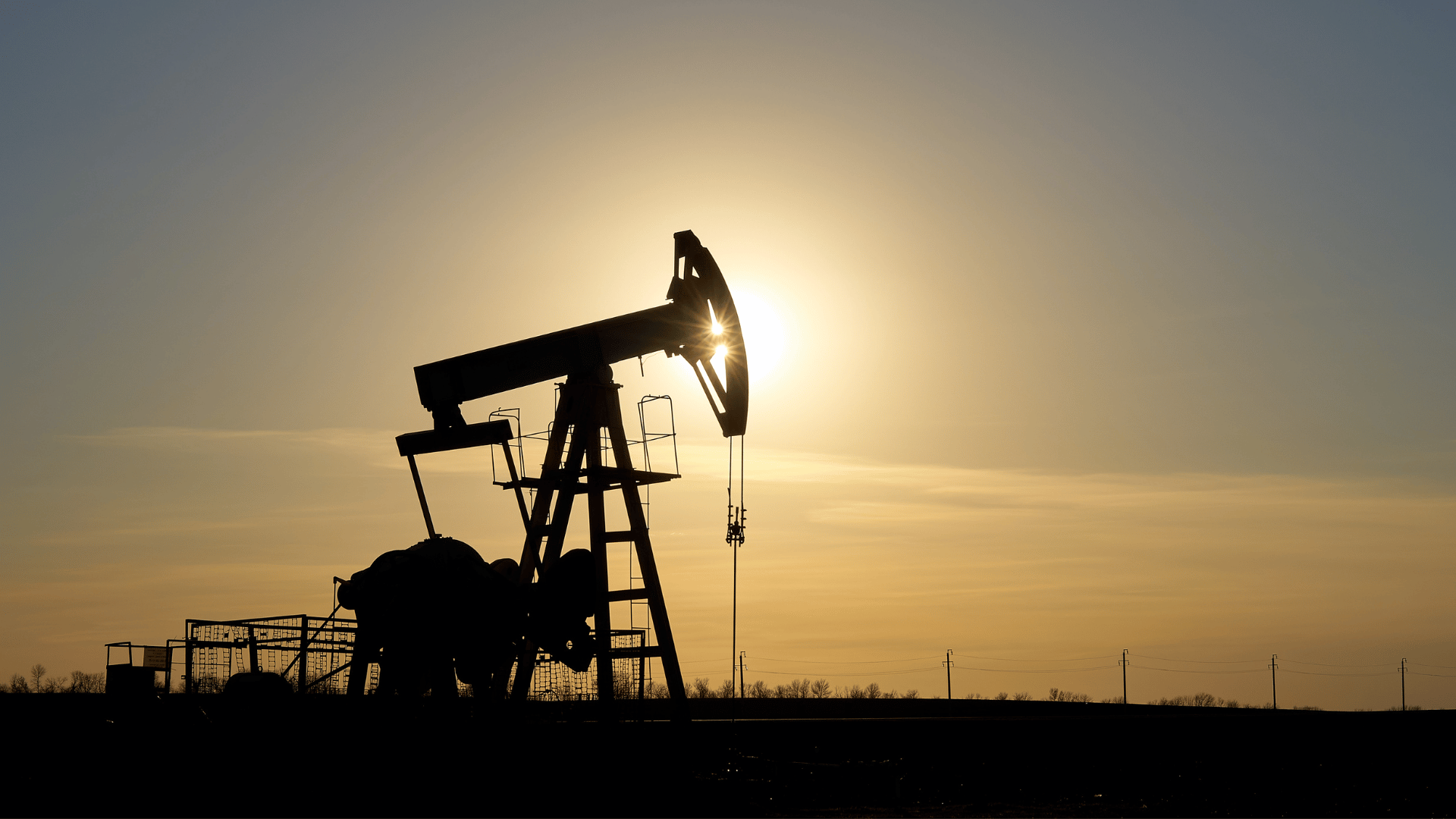Actionable Methane Data for Upstream Oil & Gas Operators
Keep gas in the pipes, reduce emissions, and demonstrate ROI with industry-leading methane data and analytics.

For upstream operators, methane emissions are no longer just an environmental issue. They’re a financial, operational, and reputational challenge. At Bridger, we're here to help.
Operators need accurate data to prioritize the highest-value repairs, satisfy compliance requirements, and demonstrate the ROI of leak reduction.
Bridger’s Gas Mapping LiDAR (GML) gives upstream operators the sensitivity, scale, and accuracy needed to protect margins while meeting compliance. With flexible detection sensitivity ranging from 1 to 15 kg/hr all with a 90% probability of detection (PoD), and localization within ~2 meters, GML data turns leak detection from a reactive cost center into a proactive ROI driver.
Why Upstream Operators Rely on Bridger
-
EHS Leaders: Identify leaks quickly and deploy crews with confidence.
-
Regulatory Teams: Access EPA-approved, audit-ready data that aligns with OOOOb/c and OGMP 2.0 frameworks.
-
Operations Executives: Prioritize repairs that save the most product.
-
ESG Leaders: Report measurable methane reductions with data that withstands scrutiny.
-
C-Suite: Demonstrate ROI by linking leak reduction directly to product recovery and compliance savings.
By combining precision with scale, GML enables super-emitter detection, accurate inventory reconciliation, and repair prioritization—all in a single service.

How GML Works in Production
Bridger Photonics’ aircraft-mounted GML sensors scan hundreds of well pads and facilities in a single day, all with best-in-class accuracy and sensitivity, so crews can go straight to the source of the leak.
This pairing creates high quality methane plume imagery, showing exactly what’s leaking, where it’s leaking, and how much methane is being lost.
Key performance metrics:
- Sensitivity: Flexible detection sensitivity options from 1–15 kg/hr all with a 90% PoD, adjusted to meet your compliance or ROI goals
- Localization: Pinpoint leaks within ~2 meters so crews can go straight to the source
- Coverage: Scan hundreds of sites per day in nearly any condition
- Reporting: Time-stamped, geo-registered and quantified emissions data, high-resolution plume imagery maps, and equipment ID overlays
- Audit ready: Every dataset includes logged detection sensitivity and swath coverage for defensible compliance
Proven Benefits for Production
ROI you can measure
Recover lost product, avoid unnecessary remediation, and cut repair costs
Super-emitter mitigation
Identify and address high-volume leaks before they escalate into regulatory, reputational, or financial risk
Operational efficiency
Keep more product in the pipes while directing crews and capital where they have the greatest impact
Compliance assurance
Meet EPA OOOOb/c requirements—Bridger is EPA-approved as an advanced technology
Global credibility
Align with OGMP 2.0 Level 4 and 5 reporting to reinforce transparency with regulators, investors, and stakeholders
Trusted by Industry Leaders
Bridger’s GML is already used by major oil and gas operators and has been approved by the U.S. EPA as an advanced technology for methane detection. The methodology for our patented technology has been rigorously validated through third-party research and unparalleled scientific rigor. In fact, we have more than a dozen peer-reviewed scientific research papers to back it up.








Talk to an Upstream Emissions Expert
Let’s find out how GML can support your methane management goals.